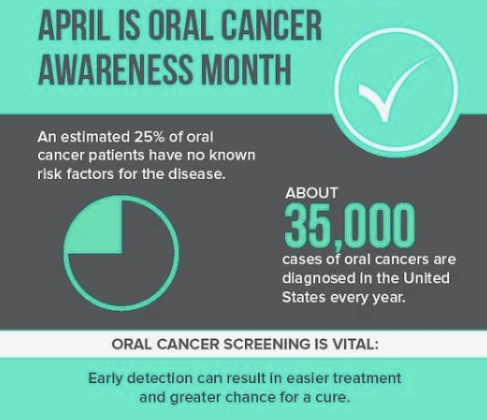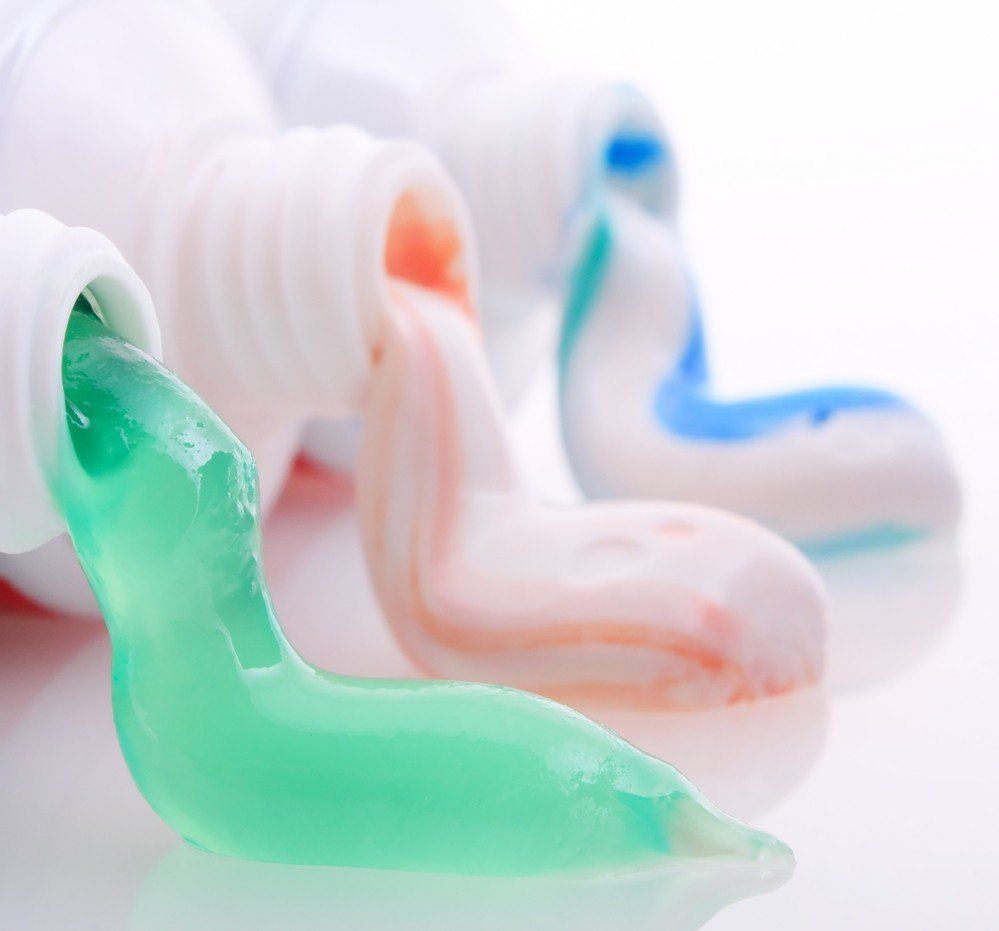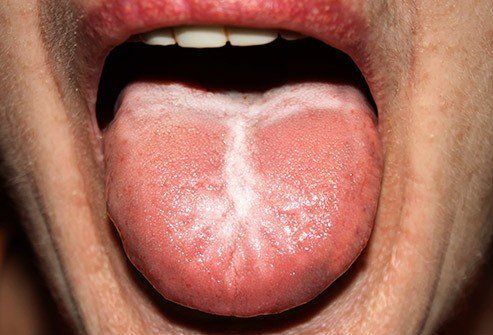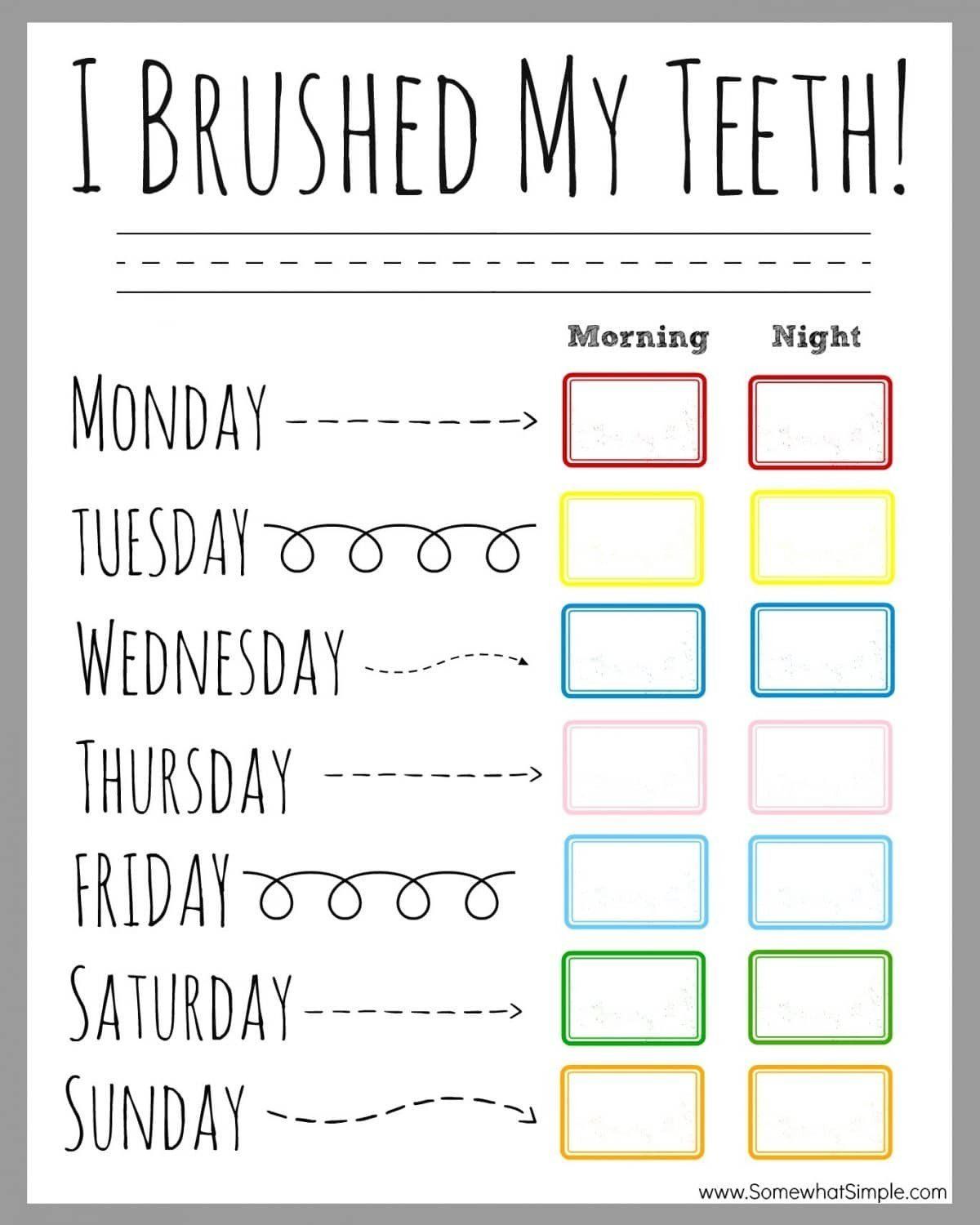7 Unexpected Things That Could Be Causing Your Dragon Breath
- By Joel Snyder
- •
- 13 Sep, 2016
- •
And how to stop the stink.
Bad breath is like a broken tail light on your car: You don’t know it’s there until someone embarrassingly points it out. And both require fast action. The problem: Gum usually just masks the scent of a smelly mouth. You have to find the culprit—which is sometimes easier said than done. Gingivitis (a.k.a. gum disease) is a common cause, says Tina Giannacopoulos, a dentist at Boston Dental. (If you have it, you’ll likely notice bleeding and inflamed or receding gums.) That not the issue? Don’t overlook these seven other possible reasons why you have dragon breath.
1. You’re Taking Certain Drugs
“Medications for high blood pressure, antidepressants, and antihistamines can have side effects of xerostomia or dry mouth,” says Giannacopoulos. “This can lead to bad breath, as saliva is necessary to wash away food particles from the oral cavity.” You see, saliva keeps your mouth moist, neutralizes acids, and washes away dead cells that build up (ew, but necessary). A lack of it means food particles, cells, and bacteria accumulate and stink up the joint. If you’re on a med that’s drying you out, drink tons of water and chew gum with xylitol in it, which can help add moisture, Giannacopoulos says.
2. You’re Hungry
So busy you skipped lunch? Well, thanks to that lovely lack of saliva that can come about from a dearth of food, you may pay for your oversight with foul-smelling breath (and getting seriously hangry).
3. You’ve Got a Mouth Infection
Mouth infections mean loads of bacteria, which—when they decompose—can release odors of sulfur, says Giannacopoulos. If you think you could have an infection like pericoronitis, which is inflammation of the soft tissue around the crown of a tooth, it’s time to clean up your oral hygiene habits and see your dentist.
4. You’re Brushing and Flossing All Wrong
Truth: Most of us are brushing and flossing completely incorrectly—and this causes food particles to build up, says Giannacopoulos. “Trapped food particles accelerate the growth of bacteria and cause inflammation, leading to bad breath,” she says. A quick brush-up on brushing: “Hold the brush horizontally against your teeth and tilt it at a 45-degree angle,” says Giannacopoulos. “Move the toothbrush in short horizontal strokes.” You should do this twice a day for two minutes each time. As for flossing? “Gentle and thorough are key words,” says Giannacopoulos. The floss should go slightly under your gum line and hug each tooth. “Brushing alone misses almost half of the tooth surfaces, so flossing is also a must,” she says.
Your pearly whites aren’t the only things that need brushing. Bacteria thrives all over your mouth, especially on your tongue, says Giannacopoulos. So pick up a tongue scraper at your local pharmacy and brush it every time you clean your teeth, she suggests. Just remember to be careful—you don’t need much pressure.
6. You Haven’t Had Your Wisdom Teeth Removed
Holding on to your wisdom teeth? These teeth and the operculum—the piece of gum over wisdom teeth that are growing in—can trap food and bacteria and become infected, which can contribute to stinky breath, says Giannacopoulos. It’s best to ask your dentist if you need yours out. And if you think you have an infection, you could need antibiotics.
7. You Have a Cavity
Here’s a good case for keeping a date with your dentist every six months: “Sometimes untreated cavities can cause sensitivity and pain; however, sometimes they can go unnoticed,” says Giannacopoulos. And if you have one, you might give off some stink. “Bacteria essentially eats away at tooth structure and release odors,” she says. So stay up to date on your cleanings—clinical dental exams and X-rays can ID cavities.
Article Published on: http://www.womenshealthmag.com/health/bad-breath-reasons

Contact us!
https://www.fabuloussmilesdental.com/contact

ADA Approval
First, make sure you choose a product approved by the American Dental Association and displaying the seal on its packaging. There are plenty of fluoride-free, organic, and all natural options tested by the ADA for both safety and effectiveness at keeping the teeth clean. Products without these seals have not necessarily been tested for their claims and quality, so you’re gambling with the health of your mouth by using them.
Focus on Needs
Consider what your teeth need the most to choose a toothpaste with the right extras. Whitening toothpaste can’t always replace professional whitening from a dentist, but it does work to prevent surface stains that cause your white smile to lose its brightness after treatment. Most toothpastes tend to target one of more of the following conditions or needs:
- Sensitivity, in the gums and teeth, from mild to severe pain
- Fluoride products are essential for kids, adults who don’t get enough of it in their diet, and people with diabetes and many other conditions
- Anti-cavity, which most products cover but which should always be checked
- Anti-gingivitis, ranging from over the counter to prescription products for healthier gums.
Watch Out!
There are a few products you don’t want to use on your teeth, and they’re often sold as cosmetic products rather than medically tested toothpaste. Any whitening toothpaste with a very abrasive ingredient, ranging from natural walnut shell to plastic microbeads, can leave your teeth with enamel damage that is permanent and hard to treat. Activated charcoal powders can also discolor teeth along with eroding your enamel. Look for toothpaste products that reinforce enamel rather than damaging it.
Picking a Toothbrush
Of course, the toothpaste still needs to be applied to the teeth with the right tools to effectively protect you from cavities and gum disease. The wrong toothbrush can damage your enamel, scratch your gums, or fail to remove trapped food from between your molars. Only use soft bristled brushes unless given advice from your dentist to the contrary. For most people, stiff bristles are too hard for their gums. The tip of each bristle should be rounded and not pointed or square so that food debris and tartar comes loose with each sweep. Replace your brush every three months even if it still looks new and fresh since bacteria can build up over time.
Need more advice about what to do to take care of your teeth? Make an appointment with your dentist for a routine cleaning or a timely inspection. You can discuss your concerns without feeling rushed and determine if your current oral health practices are sufficient for keeping your smile bright, healthy, and strong.

Creamy white spots could be thrush, a fungal infection (shown below). It often happens after an illness or medications throw off the balance of bacteria in your mouth. White patches that look lacy could be lichen planus, which means your immune system is attacking the tissues in your mouth. If you see hard, flat, white areas that can’t be scraped away, it could be leukoplakia, which is linked to cancer. Let your dentist know about any white patches you see.


